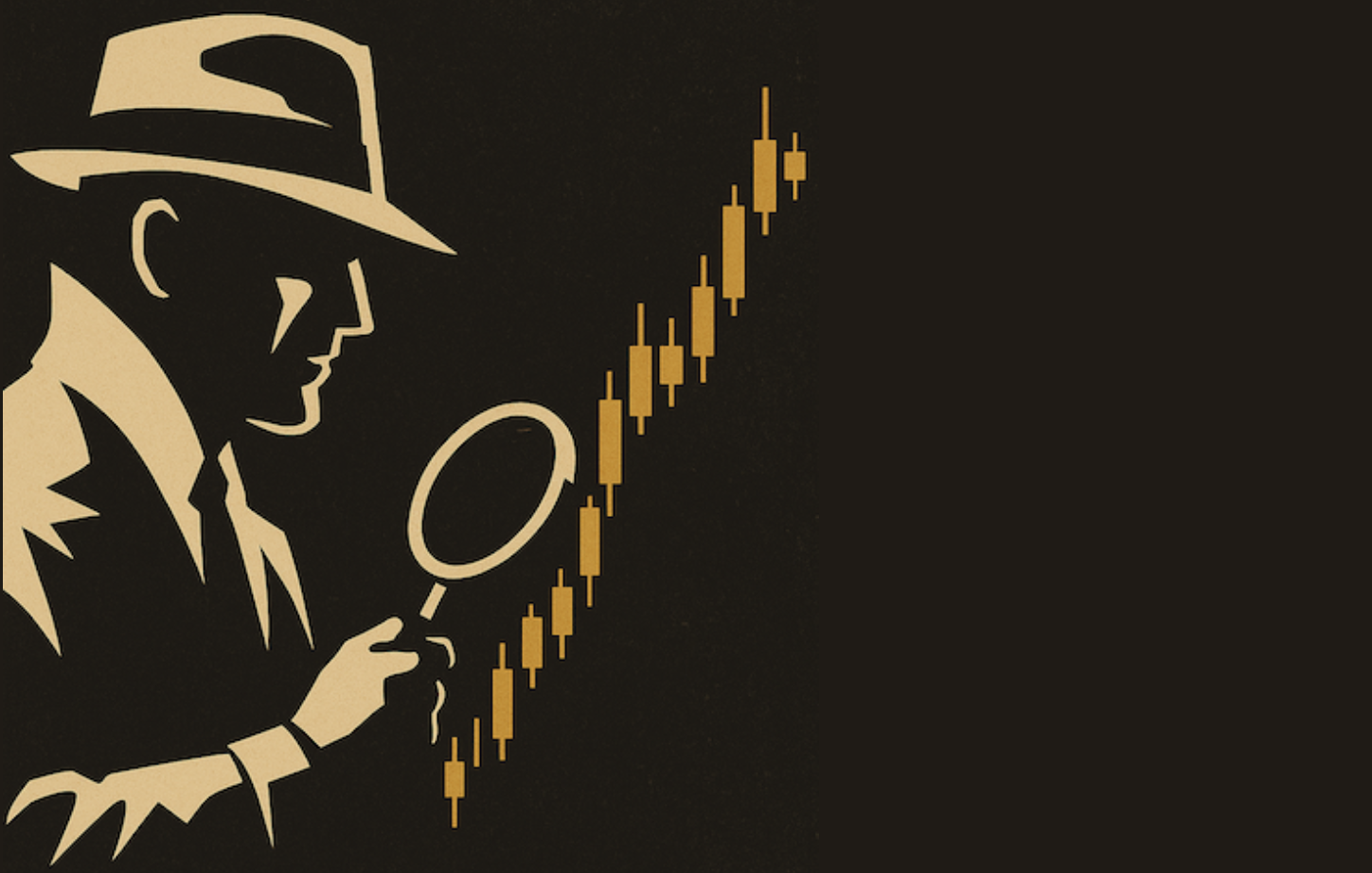FIRMING DOLLAR PULLS COMMODITIES LOWER -- GOLD / DOLLAR LINK REMAINS STRONG -- HEAD AND SHOULDERS DOLLAR BOTTOM?
STRONGER DOLLAR HURTS COMMODITIES... One of the constant intermarkets principles is that the U.S. Dollar trends in the opposite direction of commodity prices. Chart 1 shows how well that inverse relationship has worked over the last sixteen years. Notice in particular that the major peak in the Dollar Index at the start of 2002 (down green arrow) coincided with a major bottom in the CRB Index (up arrow). During 2006, however, a negative divergence has developed between the two markets. While the CRB Index (brown line) hit a new recovery high during 2006, the Dollar Index (green bars) didn't hit a new low. The reason for the dollar's stability is likely due to the fact that there's long-term dollar support along the 1990's lows near 80 (flat green line). The "higher lows" formed by the dollar during 2006 (up green arrow) appears to have contributed to the recent downturn in commodities.

Chart 1
GOLD AND THE DOLLAR ARE MIRROR IMAGES ... The inverse link between the dollar and gold is even more striking. Chart 2 overlays gold bars over the Dollar Index (green line) for the last year. They're mirror images of each other. The falling dollar from last November coincided with rising gold prices. The dollar bottom in May coincided exactly with the gold peak. Since May, a firming dollar has coincided with weaker bullion. That means that the direction of the U.S. Dollar will probably the direction of gold (and the direction of gold may determine the direction of the dollar). The two key levels to watch are the June low in gold at $542 and the July peak in the Dollar Index. So far, neither market has signalled a major change in trend. But the direction of the dollar may prove crucial in determining if the recent commodity downturn is a correction or something more serious.

Chart 2
IS DOLLAR FORMING RIGHT SHOULDER? ... Chart 1 shows that the Dollar Index is holding above long-term chart support formed during the 1990's near 80. The weekly bars in Chart 3 suggest that the Dollar Index may be in the final stages of forming a "head and shoulders" bottom. The sideways pattern started at the beginning of 2004 with the formation of a possible "left shoulder". A lower low at the start of 2005 formed a possible "head". The 2005 dollar rally stopped right at the early 2004 peak and formed a possible "neckline". The 2006 decline has stopped at the about the same level as the 2004 shoulder (near 84) and retraced two-thirds of the 2005 price advance. That makes the current dollar bounce a candidate for a possible "right shoulder". To make that happen, however, two things need to happen. First, the Dollar Index would have to rise above its July peak at 87.33 to turn its intermediate trend higher. Then it would have to exceed its neckline near 92. It's a long ways from doing that. But the Dollar Index bears close watching at this point in time. That's because its direction from here will help determine the direction of commodity prices. It will also help determine whether foreign stocks or the U.S. stock market is the better place to be. The firmer dollar is already have a negative impact on foreign stocks. [Please see message posted earlier today on foreign stocks].

Chart 3










